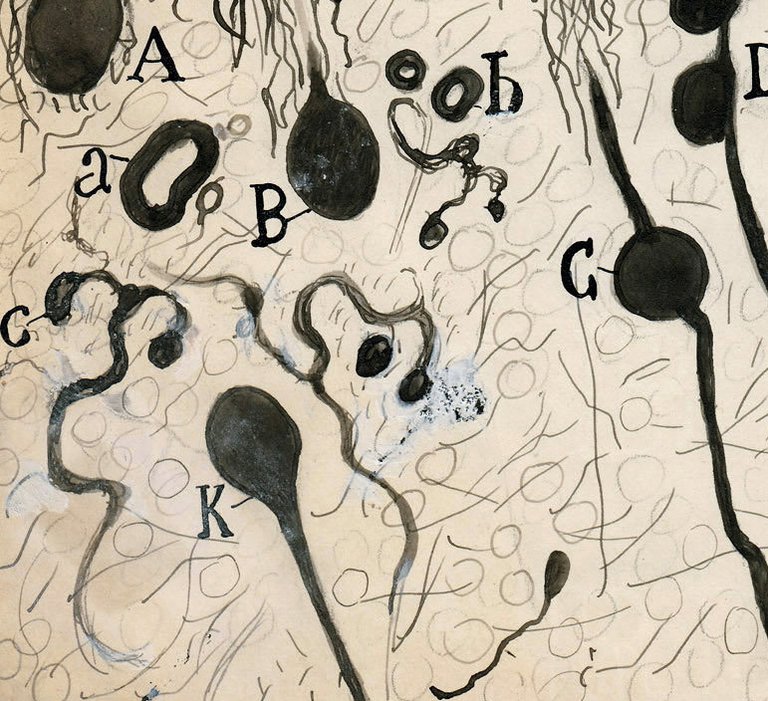Trying to understand how the human brain works to cure pathologies

At Achucarro Basque Center for Neuroscience, we work in neurobiology, paying special attention to the functional relationships between the two main types of brain cells: neurons, which are generally considered the main protagonists of this organ, and glories, which are not so well known, although they make up half of all brain cells. In neuroscience, the only challenge is to understand how the human brain works. It is a terrible challenge and, unfortunately, we are still a long way from achieving that knowledge.
Of course, great progress has been made. Current sensory processes (view, hearing, etc.) We understand them in great detail, but we haven't yet fully understood the origin of brain diseases that, to a large extent, are underneath these processes.
Undoubtedly, among the diseases suffered by humans, today neurological diseases are the most difficult to treat: Alzheimer's dementia, depression, stroke and head injury. And those diseases are a major public health problem. Therefore, undoubtedly, our greatest challenge today is to understand the origin of these diseases and the underlying mechanisms for curing them. To do this, we focus on the relationship between neuron and glia, and we work around it to expand our knowledge about different diseases: Parkinson's disease, Alzheimer's disease, multiple sclerosis, stroke, head injury, epilepsy, etc. We studied the contribution of glias to these diseases, as well as the underlying molecular processes, developing new experimental models and, very importantly, new analytical tools.
In this sense, Achucarro has developed two research support platforms, one dedicated to the generation of new models based on human cells (organoids of the human brain) and another to the multimodal analysis of the phenotype of experimental animal models. We have also contributed to the understanding of molecular mechanisms and circuits related to stress and depression, learning and memory. Our translational effort is based on the development of new forms of analysis and modulation of brain activity and the implantation of new biomarkers of the disease, essential for the early diagnosis and monitoring of the therapeutic efficacy of the new drugs.
We are a multidisciplinary area that is completely linked to new technological advances such as bioengineering, computing, artificial intelligence, biochemistry and biophysics. The centre has optogenetic techniques, chemical genetics and advanced imaging technologies, as well as suitable facilities close to other research centres at the Leioa Campus, such as nanotechnology and molecular analysis.
In any case, in order to address our objectives competitively, we need a number of basic and general-purpose equipment, all of which are high cost. Although we can cite many of them, non-invasive brain activity analysis systems such as magnetic resonance imaging (MRI), proton emission tomography (PET), single-photon emission computed tomography (SPECT), space proteomics, and facilities that would allow us to develop new single-cell proteomics and animal models are essential. The objective is the same in all cases: that our work be as productive as possible.
-> Looking for connections of the brain to language
Buletina
Bidali zure helbide elektronikoa eta jaso asteroko buletina zure sarrera-ontzian











